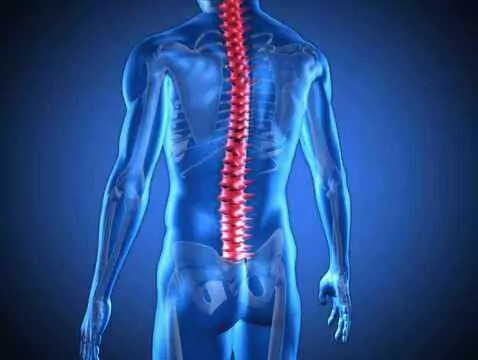Phacomatoses are a rare group of diseases that affect the nervous system and manifest as skin lesions. They are inherited diseases, so their basis is genetic, and they are associated with numerous multiorgan tumours, hence the importance of knowledge of phacomatoses in the diagnostic process. The skin changes that occur in the course of these conditions are very characteristic and allow the course of the disease to be defined, which is of key importance for the therapeutic process.
Neurofibromatosis
Neurofibromatosis, formerly known as von Recklinghausen's disease, is a condition whose symptoms are the result of differentiation and migration in the neural crest area occurring during the early stages of development (embryogenesis), most likely due to the influence of growth factors and glue cells.
The clinical picture of the disease is variable and multiform, and almost any system can be involved. The condition is inherited in an autosomal dominant manner and the lesions or mutations themselves involve the NF gene, of which more than 300 mutations have already been found. 2 forms of the NF gene are present: NF-1, which is much more common, with an incidence of 1:4,000 births, and NF-2, which is much less common (in about 10% of all cases), or 1:50,000 births. The diagnosis itself is not easy and may require several years of follow-up. The most common symptoms observed are endocrine disorders (resulting from the presence of tumours in the endocrine glands), tumours located in the hypothalamus, pituitary or optic nerve junction area. In children, short stature may be seen as a result of too low a concentration of growth hormone.
Lymphoid tumours are also observed in the course of the disease, manifesting as hypertension already at a very young age, tachycardia, panic attacks, pallor or headaches [3].
In the case of the NF-1 gene, the most common symptoms are patches - coffee-milk coloured blemishes 2-3 mm in diameter in the axillary and armpit areas - and subcutaneous nodules [1].
When NF-2 gene alterations are present, the spots are somewhat smaller, if present at all. There are usually no pigmented axillary lesions, and characteristic features in this case include bilateral vestibular nerve neuromas, intracerebral calcifications, meningiomas or gliomas of varying degrees of malignancy. The peripheral nerve tumours themselves are sharply demarcated, with a rough surface and up to 2 cm in diameter, but are present in approximately 40% of patients [1].
Tuberous sclerosis
Similar to neurofibromatosis, this condition is inherited autosomal dominantly, with an incidence rate of 1:6,000 births. Lesions are usually observed in organs developing from the ectoderm - most commonly the skin, CNS, kidneys, adrenal glands, pancreas or thyroid gland. In the case of tuberous sclerosis, there is a high probability and risk of developing malignant tumours, especially of the kidneys and brain.

photo: panthermedia
The main symptoms that are observed include foci of discoloured skin (similar in appearance to an ash leaf) - visible under a UV lamp, nodules with calcification in the periventricular area (visible on CT of the brain), seizures, epilepsies, myoclonus, developmental delays (including mental), sebaceous adenomas, subungual fibromas, retinal lesions, grey lesions in the optic disc area, brain tumours, myocardium, cardiac arrhythmias, circulatory failure, haematuria, renal failure, cystic and fibrous pulmonary lesions [3].
More than half of people with SG are diagnosed with psychomotor or mental retardation, neurobehavioural disorders (such as autism or ADHD) [1].









